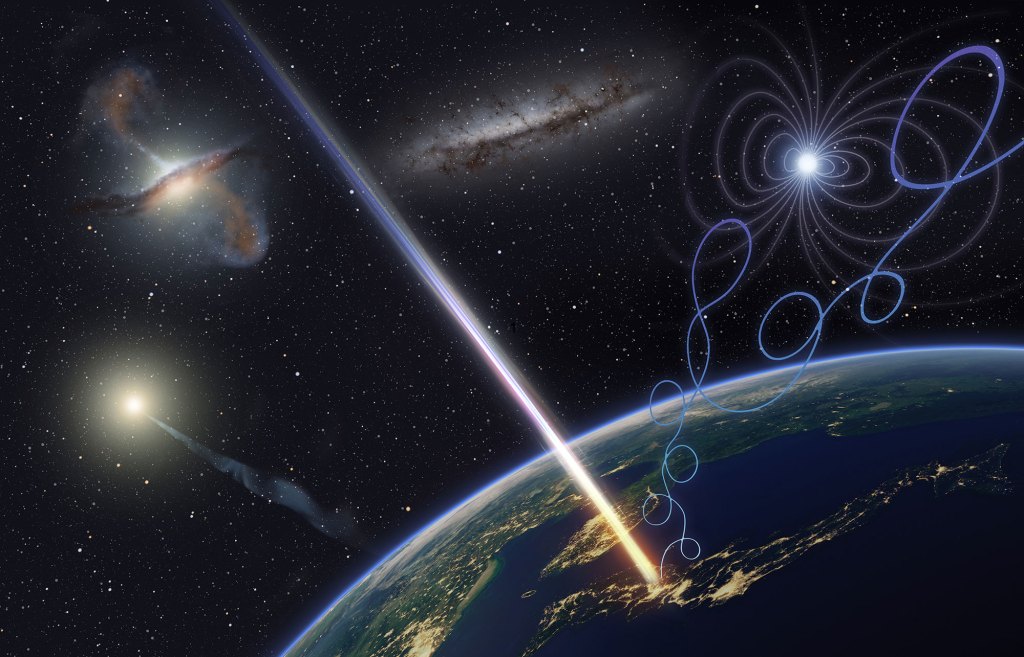It appeared in a brief “Topics of the Times” commentary: “A Severe Strain on Credulity.” The source of this incredulousness was none other than Robert H. Goddard, the rocketry pioneer and Goddard Space Flight Center namesake, who had dare propose under the auspices of the Smithsonian Institution, his financial sponsor, that his multi-stage rockets might one day photograph the Moon and travel to distant planets. The Times editorial writers didn’t buy it.
They did, however, buy that Goddard’s rocket might be able to reach higher parts of the atmosphere to deploy scientific instruments, but still fretted about the seeming impossibility of directing the craft’s subsequent fall to Earth. What might be a slight inconvenience to scientists and rocketeers might turn out to be a very big one for the “always innocent bystander,” the Times noted. To ensure that a rocket returned precisely to its launch site would take both a dead calm and “amazing skill,” especially given the craft’s final stratospheric explosion.
Videos by VICE
As for traveling beyond that stratosphere, the Times was dismissive. The idea that a rocket might travel through the vacuum of space would, “deny a fundamental law of dynamics, and only Dr. Einstein and his chosen dozen, so few and fit, are licensed to do that,” the paper declared. Goddard “does not know the relation of action to reaction, and of the need to have something better than a vacuum against which to react against.”
Completing the sick burn, the Times added, “Of course he only seems to lack the knowledge ladled out daily in highs schools.”
On July 17, 1969, the paper issued a light-hearted retraction of the 1920 editorial: “Further investigation and experimentation have confirmed the findings of Isaac Newton in the 17th century and it is now definitely established that a rocket can function in a vacuum as well as in an atmosphere. The Times regrets the error.”
It’s worth adding a bit of context. Until 1905, it was usually assumed that space was not empty at all and consisted of some “luminiferous aether.” Einstein shredded this idea by demonstrating that light can travel in even a perfect vacuum, with no mysterious medium required. This was buoyed by a numerous experiments that seemed to prove that light traveling through space doesn’t encounter any sort of unexplained resistance.
The anti-aether idea caught on remarkably quickly and Einstein offered a series of popular articles and presentations explaining and promoting the new Theory of Special Relativity—it was a buzzworthy topic, at least as far as fundamental physics goes. And when difficult scientific concepts become popular culture phenomena they’re invariably tortured. Not a whole lot has changed in that respect.



